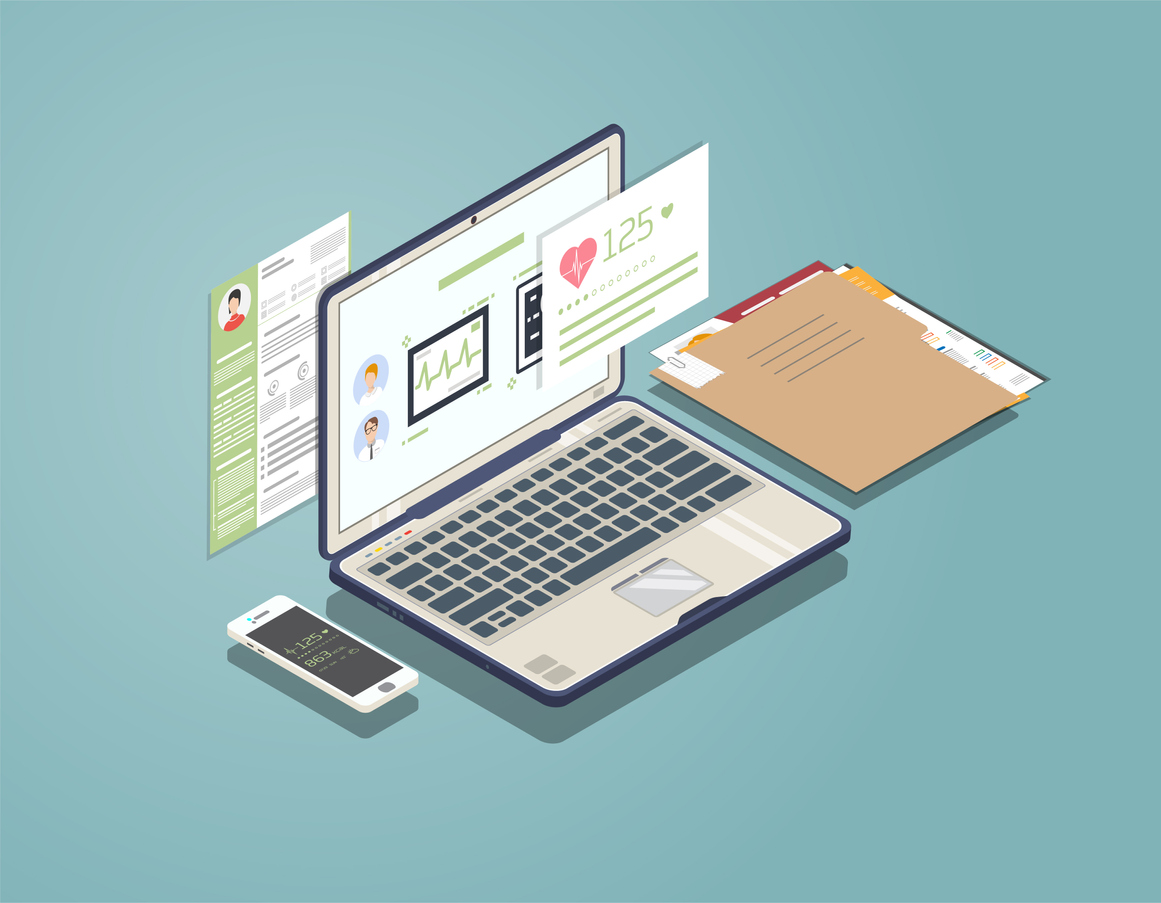In today’s world, the newfound ability to carry out daily tasks in a remote setting is changing the way we live. In addition to Zoom calls and teletherapy, remote patient monitoring (RPM) devices are an aspect of the digital world that allow physicians to monitor their patients without requiring constant in-person visits. RPM is changing the landscape of modern healthcare, but what exactly is RPM? And how does it work?
What is RPM?
Remote patient monitoring, or RPM, is a subset of telehealth that takes advantage of connected technologies to increase access to care by allowing providers to monitor patients remotely. Patients generally take measurements in a remote setting–typically their home–and these measurements are then sent to providers wirelessly. The types of measurements typically taken in RPM include (though are not limited to) blood pressure, blood oxygen levels, weight, glucose, and heart rate.
Who is RPM for?
RPM is primarily intended for those suffering from chronic illness or those in need of senior care.
How does RPM work?
The mechanisms behind RPM depend a bit on the specific device and its unique technology, but the process of RPM is generally as follows:
- The provider and patient discuss the possibility of using RPM and decide whether remote monitoring is a suitable option for the patient’s needs.
- The patient is set up with a RPM device and designated peripherals.
- The patient takes measurements, such as blood pressure and heart rate, with a frequency determined by the provider (e.g. daily). These measurements are then sent to the provider over the Cloud.
- Once the measurements are received, the provider can then analyze the results and notify the patient if any specific steps need to be taken.
What are the benefits of RPM?
- Heightened convenience for both patient and provider
- Improved patient engagement and outcomes
- Reduces spread of infectious diseases
- Minimizes patient’s expenses
- Encourages data-driven decision making
- Improved patient-provider relationship
Read more about the benefits of RPM on our recent blog post.
Costs of RPM
RPM is covered by Medicare, making it financially accessible to patients. Additionally, the CPT codes used for RPM received updates by the American Medical Association in 2020 and 2022, making billing easier for your organization. We’ve compiled some information for you to learn more about remote patient monitoring reimbursement on another blog post.
Especially following the COVID-19 pandemic, the world is adapting more and more towards remote technology–a shift that is particularly noticeable in healthcare. Whether you’d like to meet with your primary care doctor, a specialist, or a therapist, an increasing number of health services are available in the comfort of your own home. Remote patient monitoring allows patients suffering from chronic illnesses, as well as their providers, to get the most out of healthcare.
Interested in remote patient monitoring? Check out our highly trusted HealthGO and TwoCan Pulse ™ RPM devices.




